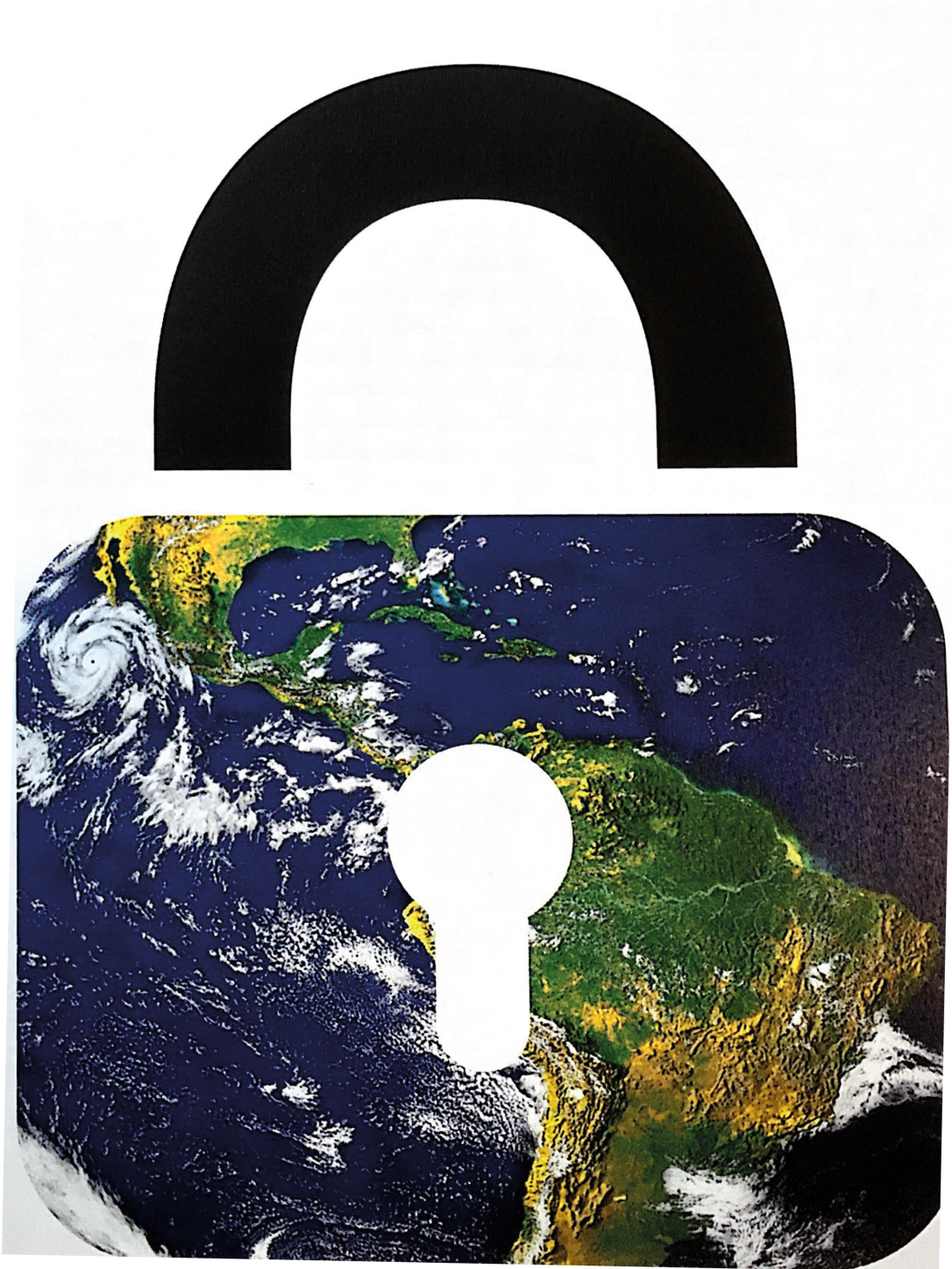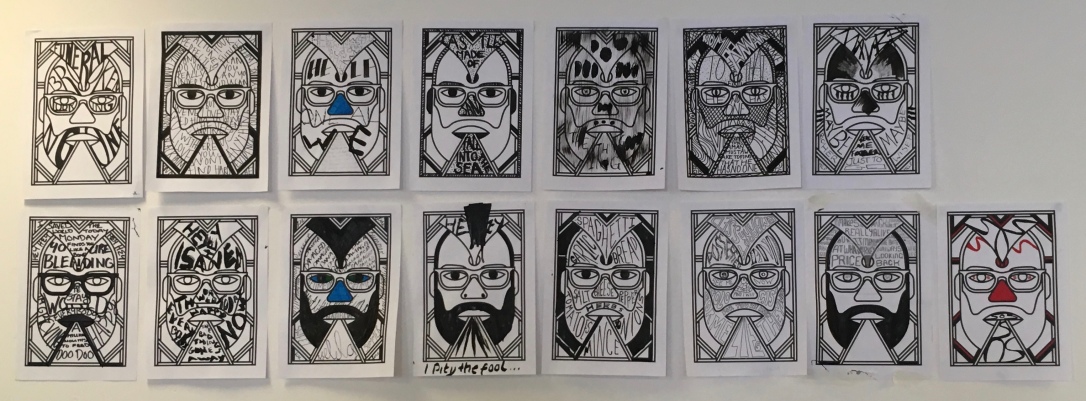
What is the role of the Graphic Designer?
I consider the role of a graphic designer is to provide solutions to a problem presented by a client by creating visual concepts, either by hand and/or using computer software. Graphic Designers need to be able to take on board what their client is looking for, to understand the problem and be able to provide various different concepts. A very important role of a Graphic Designer is the ability pitch their ideas to the client, after all it’s OK to be fantastic at providing solutions but the ability to explain these to people is equally as important. Getting to know the client is also an important factor, as on occasions there may be a need to steer the client gently towards a concept that would work best and represent the business they are promoting.
What job opportunities exist?
As a qualified Graphic Designer, I would consider putting myself forward for the following roles. There are of course many other job roles that Graphic Designers could be great for, but these are the areas that interest me the most.
- Advertising Art Director – this would involve creating campaigns that promote the product and/or brand that is being advertised.
- Creative Director – you would lead a team within advertising and marketing companies. Creative directors work with designers, artists, copywriters, sales teams and marketers to create a vision for products sold. They would oversee the creative process and give guidance.
- Illustrator – is someone who produces still drawings for use in advertisements, books, magazines, packaging, greeting cards and newspapers.
- Printmaker – use specialist techniques to design and make original prints. They produce hand drawn and digital designs or images that are transferred to a wide range of surfaces from paper and glass to wood, plastics, metal and textiles.
- Exhibition Designer – creates fixtures and display stands for events such as large public exhibitions, conferences, trade show and temporary displays for businesses, museums, libraries and art galleries.
- Multimedia Specialist – work in a variety of industries including the motion picture industry, computer systems design and software publishing.
- Book Design/Publishing – to attract good authors and publish books that achieve commercial success. Depending on the size of the publishing company, the book publisher may carry out all aspects of publication, or may delegate part of the work to editors, designers and marketing specialists.
- UX Designer – typically this role entails interviewing users, researching market data, and gathering findings.
- UI Designer – they are in charge of designing each screen or page with which a user interacts and ensuring that the UI visually communicates the path that a designer has laid out.
What skill sets are needed by a Graphic Designer
One of the most important skills that I feel a Graphic Designer needs is a creative mind. You need to have an ability to look beyond the obvious and provide a solution that is not only pleasing to the eye but also can be worked competently into Graphic Design software such as the Adobe Creative Suite. During my first year as a Graphic Design student I have been introduced to this software and have really enjoyed getting to grips with InDesign and Illustrator in particular. The knowledge of the history of Design is good skill to have together with typography, motion graphics, and screen printing.
As well as being computer literate and proficient in the Adobe Creative Suite, a Graphic Designer must have competent people skills. When talking to clients about a brief they must be willing to listen, to take on board the wishes of the client and be able to produce various iterations of the same project. Sometimes, the Designer also needs to have the ability to negotiate with the client should their wishes be impossible to produce. Time management skills are also necessary as running several briefs alongside each other can prove to be time-consuming and muddling.
Who do you think are top five design companies within the UK and why?
Pentagram – is the world’s largest independently owned design studio based in London. Their ethos is that great design cannot happen without passion, intelligence and personal commitment and is demonstrated by a portfolio that spans five decades and all industries. All 19 partners are all practicing designers and include Paula Scher, Angus Hyland and Michael Gericke.
Landor – Landor has been involved in branding for many well-known companies. For example, Volvic, Nike and Jameson to name a few. They also created the 1996 Atlanta Centennial Torch, 1998 Winter Games hexagonal snowflake, 2002 Salt Lake City Olympic games snow crystal. Landor was also chosen to design a visual identity for the US Olympic team.
Meta Design – Meta Design are a company who strive to maintain a clear focus on the fundamentals and creativity to enable them to stay on point with a forward thinking ethos. The believe that a company that wants to remain viable into the future must balance stability and adaptability.
The Chase – The chase has a core principle of bringing communication to life through sharply focused ideas. This has allowed them to tackle any creative challenge, across all forms of media, irrespective of scale or complexity.
Charlie Smith Design – Charlie Smith Design is a small company who offers multiple services from brand identities, package and websites. They employ passionate designers who love finding thoughtful, engaging and timeless solutions to their client’s problems.
Which skills do you have already? (SWOT analysis).
- Great people skills.
- Positive Body Language.
- Pleasant and approachable.
- Listening skills and patience.
- Advanced secretarial skills including touch typing and competent computer skills.
- Knowledge of the Creative Adobe Suite.
- Screen printing.
- Creative Arts & Craft skills.
- Willingness to travel and the ability to discuss briefs over Skype.
- Confident public speaker.
What other skills do you need to acquire? And what steps will you take in obtaining these skills?
I still need to learn how to use various machines within the printing lab, i.e., letterpress. We have yet to investigate motion graphics and designing fonts. I will be enrolling on any workshops available within the University together with investigating Linda.com and YouTube. I also need to work on believing in my own abilities.
Which ways can you use interactive “self-Promotion” in obtaining job opportunities?
There are many ways of self-promotion on the internet, for example, LinkedIn; Facebook, Twitter, Instagram to name a few. It is important to remember that the Social Networks like Facebook are very personal, and it is not advisable to post too much information about your private life as your potential employers can view this at any time. However, professional social networks such as LinkedIn are useful tools to expanding your network within your chosen industry together with others applicable to collaborations.




















 Tuesday 22nd January 2018
Tuesday 22nd January 2018
 To begin I found a silhouette of a tree and used the pen tool in Illustrator to draw roughly half the image. I then copied this shape, pasted it and transposed it giving me a completely symmetrical image. I then designed the leaves and placed them randomly over the three trunk and branches. I found images on Google that related to our different disciplines and pasted them into the picture. The final thing to do was to wrap some text around a circle to give it that “around the world” feel. I was really pleased with the result of our Team Logo, I was able to put into practice my Illustrator tuition and surprised myself at how quickly I was able to produce this. Once everyone had seen this and were happy I placed it on some mount board and made a quick stand to display it. After I completed this I went on to type up our Manifesto which we had made together.
To begin I found a silhouette of a tree and used the pen tool in Illustrator to draw roughly half the image. I then copied this shape, pasted it and transposed it giving me a completely symmetrical image. I then designed the leaves and placed them randomly over the three trunk and branches. I found images on Google that related to our different disciplines and pasted them into the picture. The final thing to do was to wrap some text around a circle to give it that “around the world” feel. I was really pleased with the result of our Team Logo, I was able to put into practice my Illustrator tuition and surprised myself at how quickly I was able to produce this. Once everyone had seen this and were happy I placed it on some mount board and made a quick stand to display it. After I completed this I went on to type up our Manifesto which we had made together.


 “….. intertextuality is a concept that informs structuralist poststructuralist deliberations in its contention that individual texts are inescapably related to other texts in a matrix of irreducible plural and provisional meanings, The term is used to signify the multiple ways in which any one literary text is made up of other texts, by means of its implicit or explicit allusions, citations, its repetitions and transformations of the formal and substantive features of earner texts, or simply its unavoidable participation in the common stock of linguistic and literary conventions and procedures that are “always already” in place.”
“….. intertextuality is a concept that informs structuralist poststructuralist deliberations in its contention that individual texts are inescapably related to other texts in a matrix of irreducible plural and provisional meanings, The term is used to signify the multiple ways in which any one literary text is made up of other texts, by means of its implicit or explicit allusions, citations, its repetitions and transformations of the formal and substantive features of earner texts, or simply its unavoidable participation in the common stock of linguistic and literary conventions and procedures that are “always already” in place.”